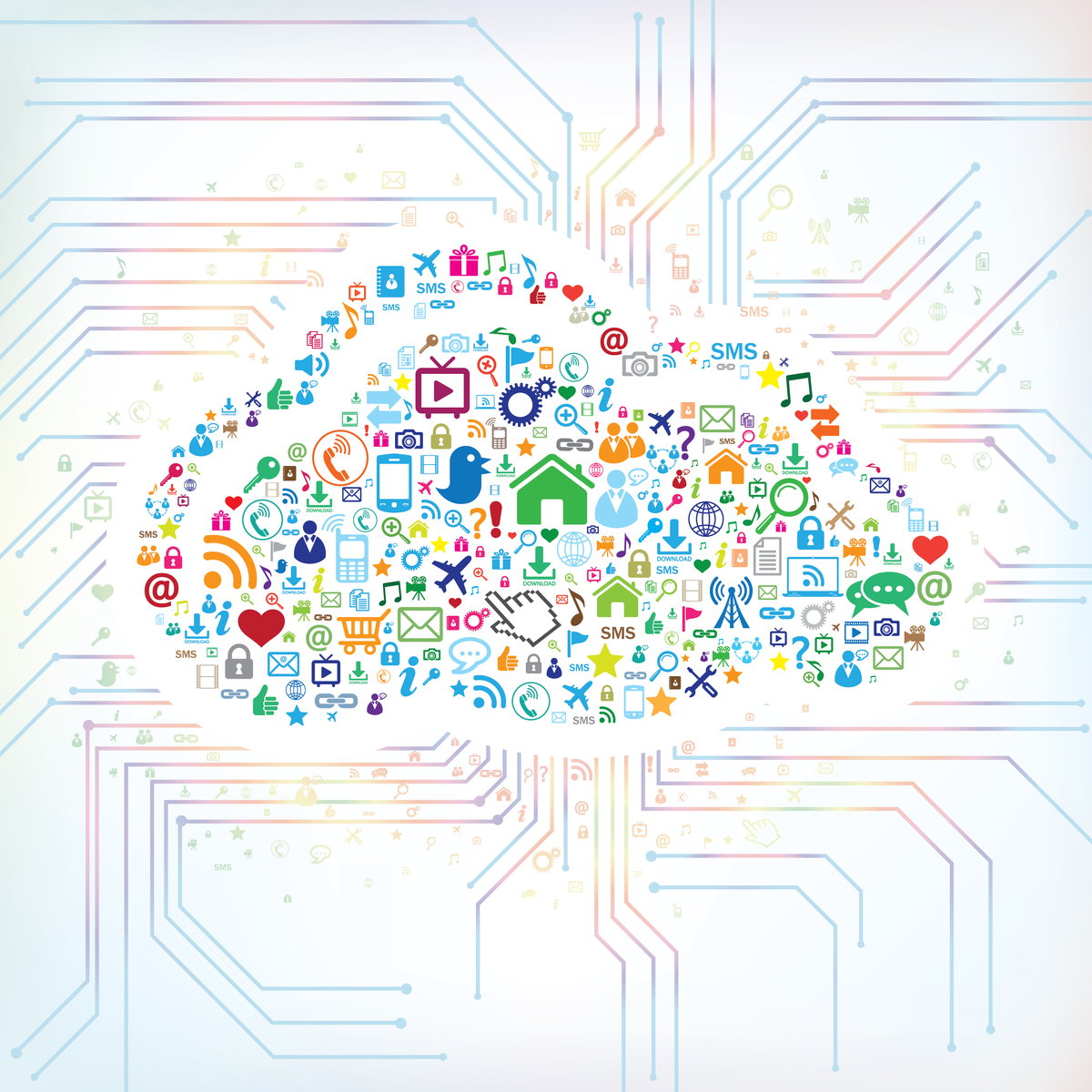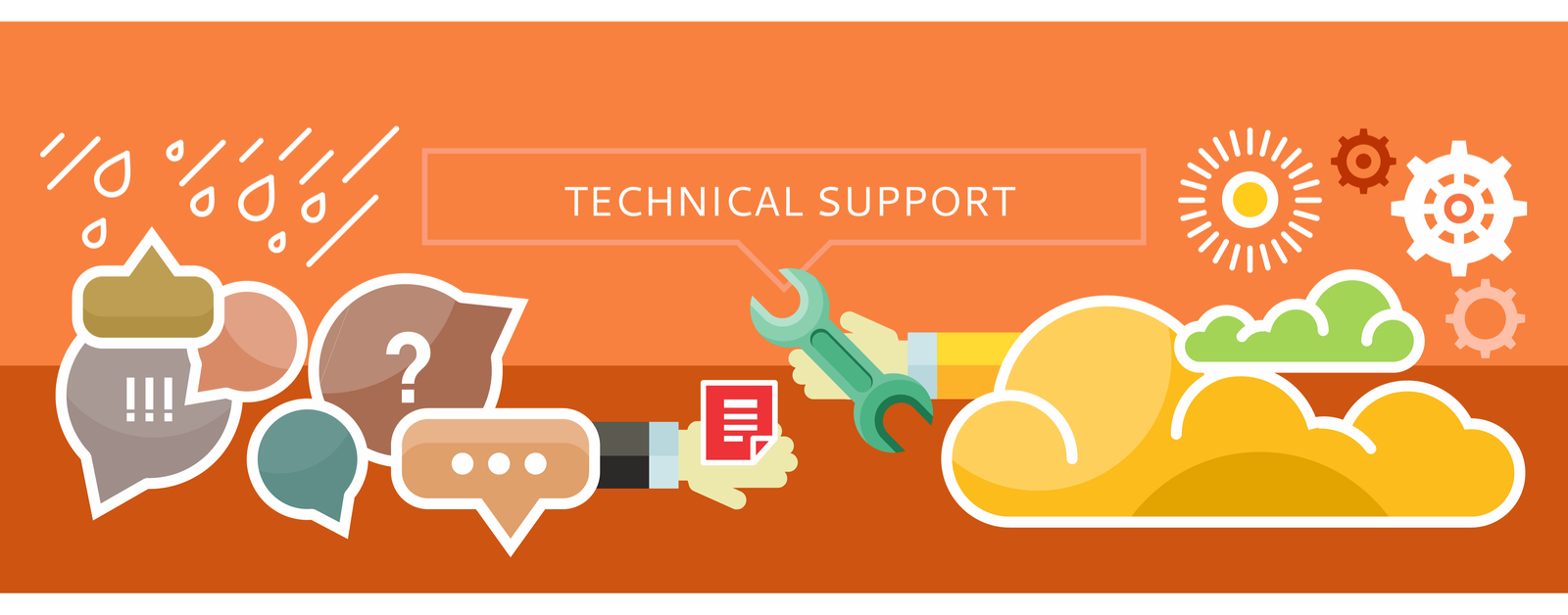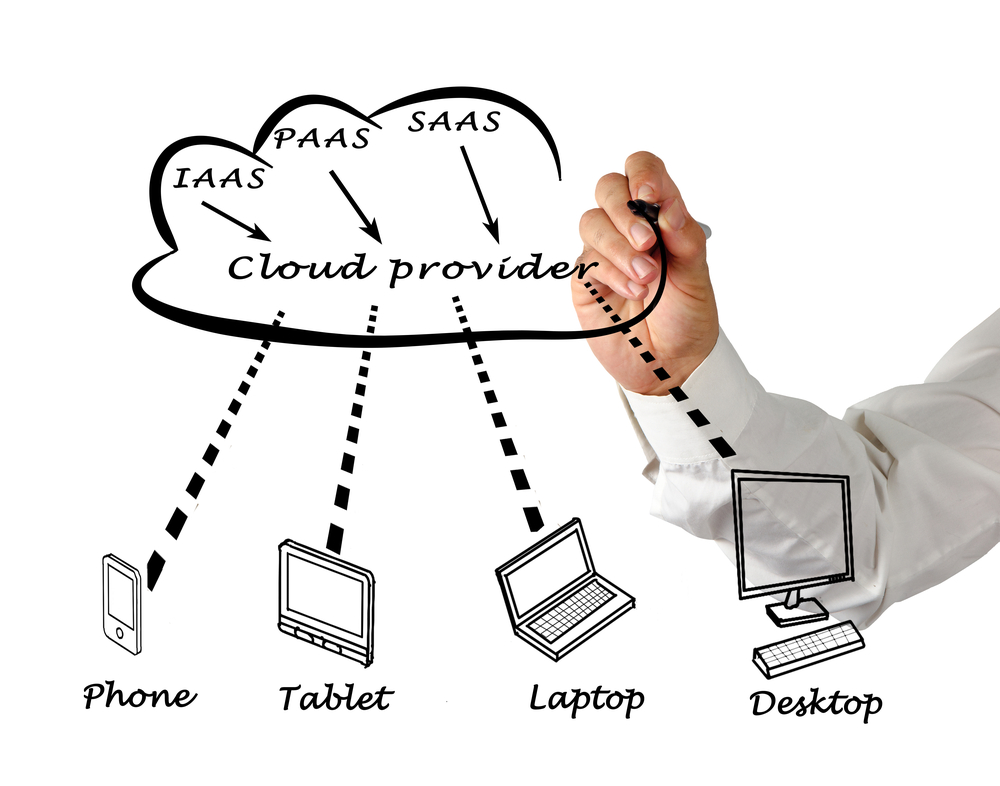Are you interested in Learning about the Cloud?
Are you new to the world of Cloud Computing? Are you interested in learning about Microsoft’s Azure Cloud? This post shows you some of the key topics to learn as you start your Cloud journey.
Starting to learn about Cloud Computing?
Are you just getting into learning about Cloud Computing? This post shows some of the key topics to get you started in the right direction with core topics.
CIO’s primer on IoT
In this CIO primer I am going to introduce IoT, starting from the basics, discussing the key questions and considerations for building an IoT strategy, highlighting top IoT cloud providers and then concentrating on the Azure offerings from Microsoft. IoT is one of the core technologies along with Cognitive Computing and Machine Learning which makes the core of many Digital Transformation initiatives going on in many enterprises around the globe. If you are interested in knowing how Cloud Computing and Digital transformation are interconnected then check out my other blog post about how Cloud computing is helping the digital transformation journey of many companies. Read More
Cloud Support – Whom are you going to call?
As you move your systems and resources to the Cloud, your internal IT support model will also evolve. Most of the support work which used to be done by your support personnel such as accessing the infrastructure, servers, and applications in the on-premise data centers will now be performed by The Cloud provider’s support and operational staff in their data centers. This is because as you setup servers, virtual machine and applications to the Cloud on the provider’s infrastructure it becomes their responsibility to manage and maintain these servers and associated resources.
Understanding cloud service models: SaaS, PaaS and IaaS
Cloud providers such as Microsoft, Amazon, Google and others offer cloud services through their data centers to their customers via thin clients and other existing legacy apps. Cloud customers don’t need to have servers installed on-premises and can just sign up with the provider to get all the services alternatively from the provider’s servers in their data centers located globally. Majority of these cloud services can be grouped into three service models: Software as a Service (SaaS), Platform as a Service (PaaS) and Infrastructure as a Service (IaaS). These are primarily the basic build blocks of cloud computing and all granular services, offered by the cloud providers, are mapped to one of these models. As an example if you are using Google Docs, which is part of G Suite, you are utilizing the Software as a Service (SaaS) model. All the Cloud services are subscription based where you pay a monthly fee depending on the service and usage of that particular service. This is completely different than the traditional model of paying for software licenses and services upfront.
Azure set to win the Cloud war against AWS
So the numbers are in and looks like Microsoft Azure is closing the gap with AWS for certain types of customers and for others it has surpassed AWS. RightScale State of the Cloud report reveals some very interesting trends and how Microsoft is gaining ground from the AWS territory. You may want to check out the complete RightScale 2018 Cloud report if you are interested in digging deeper and learning more about how the Cloud industry is transforming.
Azure seems to be either gaining a lot of ground or is inching ahead of AWS when we talk about SMB (Small & Midsize Businesses) , new Cloud users and new enterprise customers. This seems to be in alignment with Microsoft’s strategy to help customers in adopting and consuming their Azure cloud services and this strategy is definitely is working and paying off for them.
Join our Mailing List
Subscribe to our mailing list and get additional information on Digital Transformation, Cloud, AI, ML, IoT, Emerging Technologies, Education, Training and other related topics
Thank you for subscribing.
Something went wrong.





